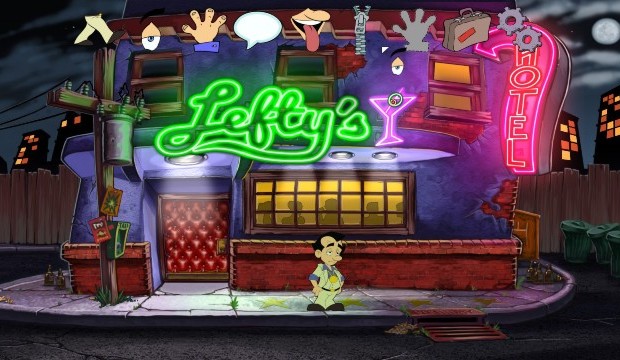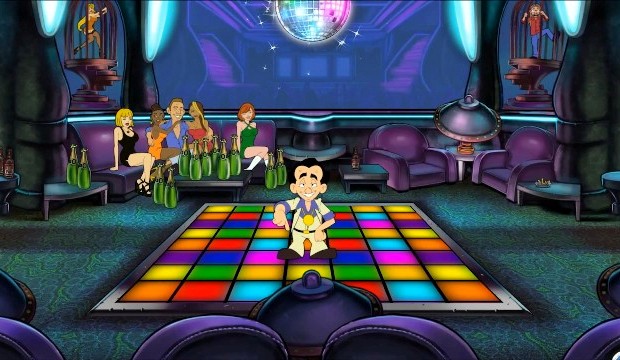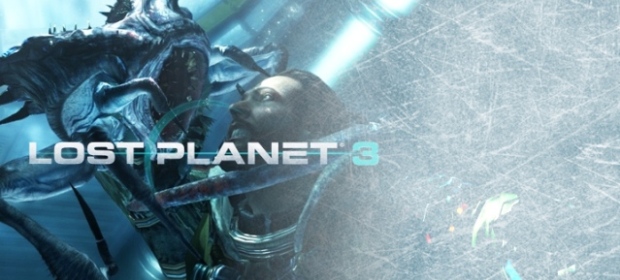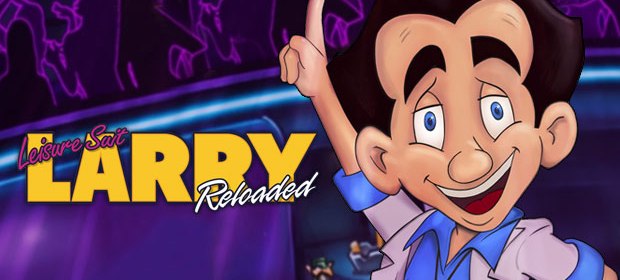In the late nineteen-eighties, graphic adventures were in their infancy, having recently taken the place of popular text-based adventures such as Zork. PC gaming in general wasn’t as inclusive as we see it nowadays, and the market was generally comprised of older office workers – often passing around a pirated copy of a game from workmate to workmate. As such, there were several slightly risqué text adventures that had been released over the years – none so notorious as Sierra’s 1981 title, Softporn Adventure, by Chuck Benton.
But as PC gaming advanced, and graphical adventures became the new buzz genre, it stood to reason that developers would want to visualise the sexual themes of these raunchy titles. This was illustrated perfectly by the 1987 release of Leisure Suit Larry: In The Land Of The Lounge Lizards – an almost direct remake of Softporn Adventure by Sierra themselves. Only this time, a new designer named Al Lowe wanted to turn the horribly dated Softporn Adventure into a real parody of itself, and the game found a huge following.

And so the Leisure Suit Larry series was born, and since then it has gone on to become synonymous with sleaze, perversion and bad taste – despite the fact that whilst the games were under the control of Lowe, most of the sexual activity was only ever implied, and Larry was somewhat loveable, being more often quickly brushed-off by the many unimpressed ladies in the series. The games were in fact more about Larry’s failed exploits than their explicit content. It was only after Sierra farmed out the license that the series became little more than a teen sex romp. Now, through the magic of Kickstarter, Al Lowe has once again got control of the character he created – and the result is a remake of the first game in the series.
If you don’t already know the premise of the game, players take on the role of seventies throwback Larry Laffer, who is always decked out in his titular Polyester Leisure Suit. Larry is past his prime – although it is likely he never had one – and certainly not a hit with the ladies. And yet he has made his way to casino-town Lost Wages (points for originality) to – somewhat naively – find true love. The game sees players solving puzzles and having conversations in traditional point and click fashion, whilst moving from one ill-fated romantic liaison to the next. What makes him a likeable protagonist is that he himself is somewhat innocent, and tries to woo all the ladies with romantic gestures.
The interface is simple – but you can choose the technique that suits you best. The makers have squeezed three different point and click mechanics into the game, allowing users to pick their favourite – be it an icon wheel, scrolling through interactions with the right mouse button or simply selecting icons from a static on-screen menu. This is good, as it will allow players to feel at home instantly, no matter what they are used to. The game doesn’t have obvious hotspots or a hint system to make things easier, but this largely seems because the team have gone all-out to make almost everything on-screen a hotspot. Whatever you click on will most likely elicit a response – more often a joke than something useful, but a response nonetheless. This means that there is a lot to keep you busy in each scene and lots of hidden jokes to uncover.

The remake is very faithful to the original game – which you would expect when both series creator Lowe and long-time writing partner Josh Mandell returned to work on the project. But that is perhaps its biggest failing. Maybe the designers didn’t want to alienate gamers who loved the original game, but at times Reloaded seems like it is simply going through the motions. They have tried to add in a few extra puzzles – even one entirely new girl for Larry to chase – and new Easter eggs, but for some reason they don’t resonate or have the same charm that the original game had. If you are a long-time Larry fan this isn’t terrible, as your nostalgia will carry you through the weaker moments. However, if you come to this as a new player, things probably seem even worse – the comedy does feel dated and it all comes across as a little lifeless. The new jokes just aren’t as pithy as the old ones.
The new puzzles do help to stretch out the game a little – as the original is terribly short – but most players will find that earning money will take up most of their time. Perhaps unwisely the designers left in the feature that you can run out of cash – and considering you have to pay a taxi to move from location to location and you have to buy most of your items from shops, this can cause quite a bit of frustration. Unlike the old game when running out of money resulted in a game over, you do get pity change in this title – but due to the fact that the only way to make money is the luck-based gambling, this whole process becomes long-winded, random and irritating.
It must be said that the high definition makeover is nice, but not without its flaws. The backgrounds are both fitting tributes to the old locations from the original game and impressive works of art in themselves. They are detailed and multi-layered – creating interesting places to be stuck in. There is a bit of a disconnect between the art style of the environments and the characters, however, and even the characters don’t all sit together well. You see, those sprites that have been based on character designs from the old title are very cartoony, possessing a lot of personality. The rest of the game, though, is filled with a supporting cast of bland, quasi-realistic characters and extras who are modelled on high-level Kickstarter backers. This does result in an uneven look to the game, and one that holds very little charm below its high gloss exterior.

The music in the game is a definite step up though, and there are some really nice jazz saxophone pieces, of course led by the recognisable Leisure Suit Larry theme tune. The music overall does a good job of setting the sleazy Vegas atmosphere that the game is going for. The sound design is a little let-down by the patchy voice -over work. The vocal choices for Larry and the girls have obviously had quite some thought put into them (although Larry lacks the same simpering likeable voice that he had in earlier games), but again the supporting cast lets the whole thing down, with too many of the incidental characters having poorly delivered, bland lines.
VERDICT: Leisure Suit Larry was never a masterpiece as such. Al Lowe created a character who wasn’t your typical hero, someone who your average Joe could relate to, in situations that were recognisable (well, some of them at least). Its cult following was gained by the charm and humour that Lowe injected into the early games. This remake – whilst cleaning up the rough edges and adding new content – just doesn’t quite tick all the boxes. The jokes in the first Larry game made it memorable – but the updated punch lines just don’t connect with the same success rate.
Even if you are a die-hard Larry fan (or a massive adventure game nut for that matter), it is unlikely that Reloaded will rekindle those old feelings inside of you. It is more likely to make players want to go back and play the old version. The Secret of Monkey Island: Special Edition showed us that you can completely re-tread an old classic, provided that you update it with some real care and affection. Unfortunately Leisure Suit Larry: Reloaded just doesn’t feel like it has had this same care applied to it.







